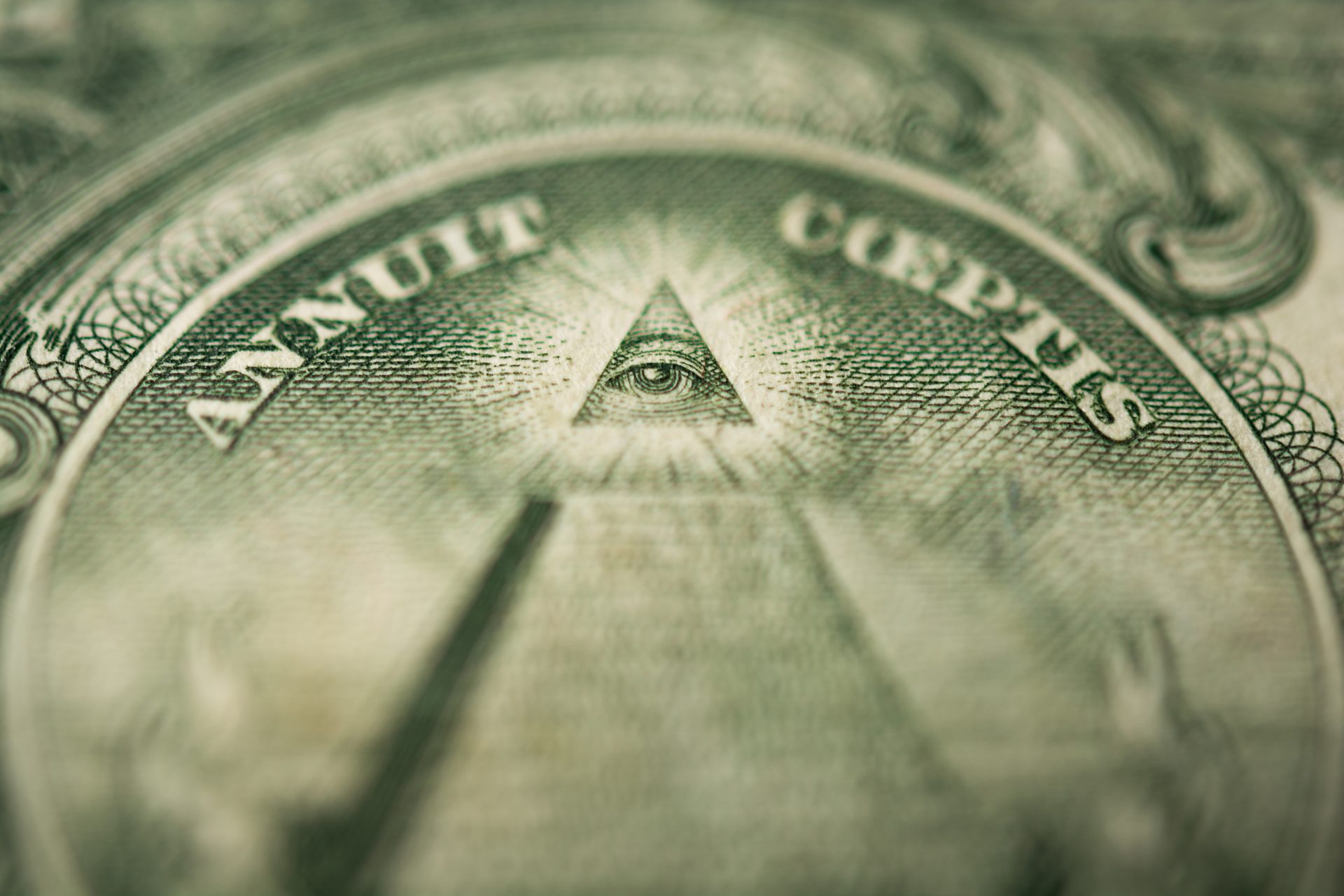The Ultimate Guide to Understanding How to Become a Freemason Step-by-Step
The Ultimate Guide to Understanding How to Become a Freemason Step-by-Step
Blog Article
Discover the Keys Behind the copyright and Their Impact on Society
The copyright, typically shrouded in myth and speculation, offers an interesting study of how historic suitables can morph right into modern conspiracy theories. Established in the middle of the Enlightenment's welcome of reason, this secret society intended to rock the boat, yet it has because become identified with concepts of covert power and adjustment. As we discover its beginnings, impact on innovative idea, and representation in contemporary society, we start to uncover the layers of intrigue that continue to mesmerize culture. What continues to be uncertain, nonetheless, is how these understandings shape our understanding of authority and openness today.
Origins of the copyright
The copyright, typically shrouded in enigma and conjecture, traces its origins back to the late 18th century. Understood as the Bavarian copyright, the company's key objective was to counter the prevailing impact of spiritual dogma and promote intellectual discourse amongst its participants.
The copyright adopted an ordered framework, attracting ideas from Freemasonry, which permitted secretive meetings and rituals - how to become a freemason. Subscription was discerning, including prominent figures from various fields, including politics, ideology, and science. This elite network sought to impact social and political adjustment through private means, promoting for the legal rights of people and the improvement of culture
Regardless of its fairly short existence, the Bavarian copyright was formally dissolved in 1785 because of federal government reductions. However, its legacy endured, generating various conspiracy theory theories and pop culture referrals that proceed to provoke intrigue and debate regarding its effect on modern culture.
Key Myths and Misconceptions
Among the attraction of privacy surrounding the copyright, many misconceptions and mistaken beliefs have actually emerged, often misshaping the team's real nature and intentions. One widespread misconception recommends that the copyright regulates the world's governments and economies. While it holds true that the team aimed to influence social frameworks, the concept that it operates as a natural global puppet master is greatly exaggerated.
Another usual false impression is that all members of the copyright possess substantial wide range and power. In truth, the original copyright made up pundits and Enlightenment thinkers, most of whom looked for reform instead of supremacy. The idea that the copyright solely hires celebrities and political figures is deceiving; subscription has actually traditionally consisted of a diverse array of individuals.
Furthermore, conspiracy theory theories frequently paint the copyright as a malicious company intent on global domination through rotten means. Therefore, separating reality from fiction is vital for a more clear understanding of the copyright's function in society.
Historic Influence on Culture
Throughout history, numerous intellectual motions have actually exceptionally influenced social frameworks, and the copyright played a considerable duty during the Enlightenment. Established in 1776 in Bavaria, the copyright aimed to promote factor, secularism, and the questioning of established authority, responding to the dominance of religious conviction. This company brought in influential thinkers and supporters of freedom, promoting an environment favorable to the circulation of Enlightenment ideals.
The copyright's values championed reasonable idea and empirical evidence, which contributed to the broader intellectual landscape that urged social reform and political adjustment. Participants sought to reshape society by supporting for education, civil liberty, and the separation of church and state. Their private nature and ambitious schedule stimulated both intrigue and suspicion, resulting in their ultimate reductions by the Bavarian federal government in 1785.
Regardless of their dissolution, the tradition of the copyright lingered, affecting advanced motions throughout Europe and the Americas. Their dedication to enlightenment principles aided lay the foundation for modern autonomous suitables and civils rights, leaving a lasting imprint on the structures of modern society. how to become a freemason. The attraction of their deceptive events and thoughtful searches proceeds to astound the imagination, highlighting their historical value
Modern Interpretations and Beliefs
Contemporary interpretations of the copyright often blend historic reality with conspiracy theory concepts, producing an intricate tapestry of beliefs that record preferred imagination. While the initial copyright was a Bavarian secret society established in 1776 with Enlightenment ideals, modern beliefs have actually developed to include a broad variety of analyses, usually concentrating on motifs of control and privacy.

Additionally, some modern-day interpretations presume that the copyright acts as a metaphor for the struggle in between enlightenment and lack of knowledge, with supporters advertising awareness and critical thinking as a means to combat viewed oppression. This duality-- watching the copyright as both an actual and symbolic entity-- illustrates Homepage the ongoing fascination with the idea, mirroring deeper societal anxiousness concerning power, transparency, and specific freedom in the modern globe.
The copyright in Popular Society
The copyright has infiltrated various elements of popular culture, showing up in literary works, movie, songs, and art as a sign of intrigue and mystery. This secret society, frequently represented as a shadowy force controling international events, has influenced plenty of stories that discover themes of power, conspiracy, and concealed knowledge.

Songs, as well, has been affected by the idea of the copyright. Musicians like Jay-Z and Beyoncé have actually faced supposition concerning their affiliations with the culture, prompting discussions about importance in their job and the nature of fame.
Visual art commonly incorporates copyright motifs, with artists using signs like the Eye of Divine superintendence and the pyramid to evoke a my link sense of secret. With these various mediums, the copyright offers not only as a topic of conjecture however additionally as a lens where society examines its own intricacies and fears.
Final Thought

Report this page